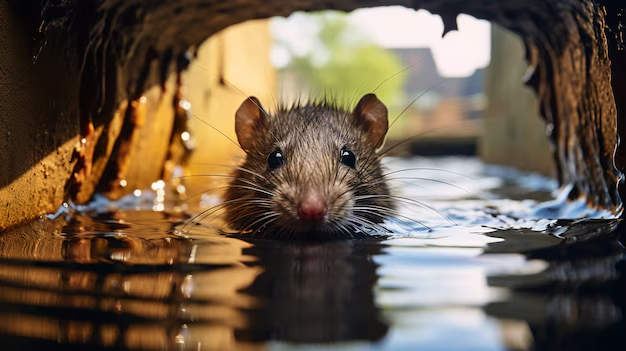
Proper water storage is essential for both daily use and emergencies. However, stored water is vulnerable to contamination from pests, including rodents, insects, and other wildlife, which can compromise its quality and safety. Contaminated water can pose serious health risks, particularly if it’s consumed or used for cooking, cleaning, or hygiene. To ensure your stored water remains clean and safe, it is important to implement strategies that prevent pests from accessing and contaminating the water.
1. Use Properly Sealed Containers
One of the most effective ways to prevent rodents and pests from contaminating stored water is by using airtight, sealed containers. Ensure that the containers have tight-fitting lids that are secure enough to prevent animals from chewing through or getting inside.
Water barrels or tanks: When storing large amounts of water, use food-grade plastic or metal barrels with secure lids.
Bottled water: For smaller amounts, use tightly sealed bottles that cannot be easily opened or damaged by pests.
Containers with built-in spouts or faucets should also be checked to make sure they close properly, as an improperly sealed faucet can attract pests.
2. Store Water in Elevated Locations
Rodents, such as rats and mice, are known to be excellent climbers and swimmers. To discourage access to water storage, it’s advisable to store water containers in elevated locations. Shelves, racks, or platforms can keep containers off the ground, where rodents are more likely to crawl and climb onto them.
3. Use Pest-Resistant Storage Areas
When selecting a storage area for your water, choose a clean, dry space that’s less likely to attract pests. Ideally, the storage area should be free from clutter and regularly maintained to prevent hiding spots for rodents and insects.
If you’re storing water in an outdoor shed or basement, consider using pest-control methods such as:
Sealing gaps and cracks around doors, windows, and walls to prevent pests from entering.
Installing screens over ventilation openings to allow air circulation but keep pests out.
Traps and repellents to monitor and control pest populations in the storage area.
4. Regular Inspection and Maintenance
Make it a habit to inspect your stored water on a regular basis. Check the containers for signs of damage, leaks, or pest activity. If you notice any issues, address them immediately whether that means replacing damaged containers, cleaning the area, or adding pest control measures.
5. Use Rodent and Insect Repellents
Natural repellents or safe chemical options can be used around the storage area to deter rodents and insects. For example:
Essential oils: Scents like peppermint, eucalyptus, or citronella are known to repel rodents and insects. You can place cotton balls soaked in these oils near your water storage containers.
Diatomaceous earth: This natural substance can be sprinkled around the water storage area to discourage pests from entering. It is effective against insects and also safe for humans and pets.
Rodent traps and baits: If rodents are a persistent problem, consider setting up traps or using rodent baits outside the storage area.
6. Keep the Surrounding Area Clean
Pests are often attracted to stored food or debris in the vicinity of water containers. To discourage rodents and insects from nesting near your water storage, keep the surrounding area clean and tidy. Clear away fallen food, garbage, or any organic material that could attract pests.
Additionally, trim back vegetation and overgrown bushes near the storage area, as these can provide both shelter and food sources for pests.
Conclusion
Protecting your stored water from rodents and pests requires a combination of proper storage, regular maintenance, and vigilance. By using secure, sealed containers, storing water in elevated locations, and taking proactive steps to deter pests, you can ensure that your water remains safe and clean. Regular inspections, pest control measures, and good hygiene practices will go a long way in maintaining the quality of your stored water. Whether for everyday use or emergency preparedness, preventing contamination from pests is key to ensuring safe and healthy water storage.


